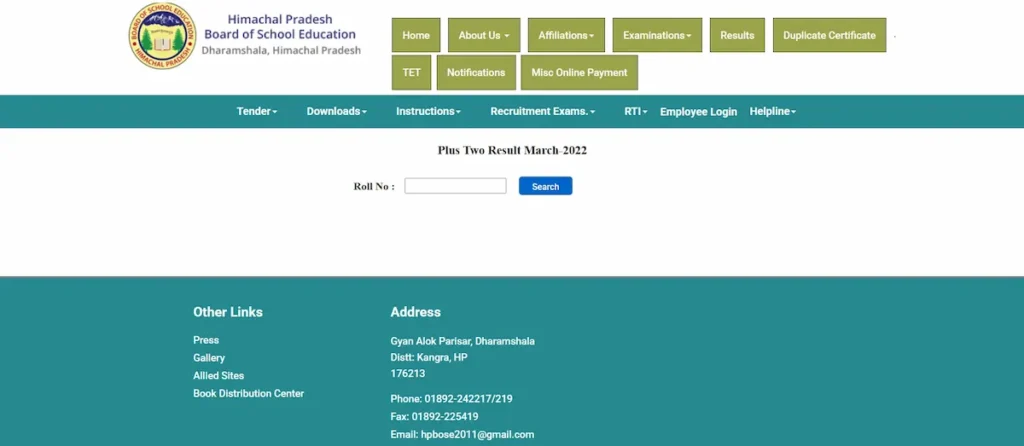Last Updated on June 20, 2025 by Burhan
The National Education Policy 2020 is a major step forward in transforming India’s education system. It aims to make learning more holistic, flexible, multidisciplinary, and aligned with 21st-century needs. This is India’s first education policy of the 21st century, and it lays out a new vision—from early childhood to higher education—to create a more equitable and knowledge-driven society.
The National Education Policy 2020 aims to modernize India’s education system with a focus on holistic learning, flexibility, inclusivity, and skill development for the 21st century.
Table of Contents
Why a New Education Policy?
With rapid technological advancements like AI and big data changing the job market, students now need more than just textbook knowledge. The National Education Policy 2020 recognizes this shift and focuses on building critical thinking, creativity, and adaptability. With one of the world’s youngest populations, India must equip its youth with the skills needed to thrive in a global economy.
Key Principles of National Education Policy 2020
The policy is guided by a set of core principles designed to modernize the education system while keeping it inclusive and value-based:
- Personalized Learning: Every child has unique talents, and education should nurture them.
- Foundational Literacy and Numeracy: Mastery in reading, writing, and math by Grade 3 is the top priority.
- No Rigid Streams: Students can mix subjects from arts, sciences, and vocational areas.
- Conceptual Understanding: Learning should focus on ideas and application, not just memorization.
- Critical Thinking & Creativity: Problem-solving, logic, and innovation are encouraged from an early age.
- Multilingualism: Children should learn in their mother tongue until Grade 5, wherever possible.
- Use of Technology: Digital tools will enhance learning, reduce language barriers, and support planning.
- Equity & Inclusion: All children, regardless of background, should have access to quality education.
- Teacher Empowerment: Teachers are central to the learning process and will be trained and supported.
- Holistic Assessment: Focus will shift from rote exams to ongoing, skill-based assessments.
School Education Reimagined: From 10+2 to 5+3+3+4
One of the biggest reforms under the National Education Policy 2020 is the restructuring of school education. The new 5+3+3+4 format aligns with a child’s development stages from ages 3 to 18:
1. Foundational Stage (Ages 3–8)
- Focus on play-based and activity-based learning.
- Pre-primary and Class 1–2 are grouped together.
- Special “Balavatika” (Preparatory Class) introduced for school readiness.
2. Preparatory Stage (Ages 8–11)
- Emphasis on language, numbers, and foundational learning using textbooks and activities.
3. Middle Stage (Ages 11–14)
- Introduction to subject-specific teaching in science, math, and humanities.
- Learning becomes more experimental and interdisciplinary.
4. Secondary Stage (Ages 14–18)
- Multidisciplinary curriculum with flexibility in subject choices.
- Students can explore arts, science, vocational studies, and even exit/re-enter pathways.
Focus on Foundational Literacy and Numeracy (FLN)
The National Education Policy 2020 has made FLN an urgent national mission. By Grade 3, every child should be able to read, write, and do basic arithmetic. Key measures include:
- Trained teachers in every classroom.
- National digital content repository (DIKSHA).
- Regular formative assessments.
- Support through libraries, peer tutoring, and health/nutrition programs.
Reducing Dropouts and Ensuring Access
The policy sets a target of achieving 100% Gross Enrollment Ratio (GER) from preschool to secondary education by 2030. This involves:
- Building better school infrastructure.
- Providing hostels and transport in rural areas.
- Tracking student attendance.
- Expanding open schooling options like NIOS.
Curriculum That’s Fun, Flexible, and Future-Ready
Learning will no longer be limited to textbooks. The new curriculum includes:
- Hands-on, inquiry-based learning.
- Coding and digital literacy from middle school.
- Vocational training, arts, and sports.
- Emphasis on environmental education and life skills.
Assessments will focus more on practical skills and conceptual understanding. A new body, PARAKH, will guide national assessments.
Higher Education: Quality, Flexibility, and Research Focus
The National Education Policy 2020 envisions a complete transformation of higher education. Key highlights include:
- Moving towards multidisciplinary universities and knowledge hubs.
- Ending the affiliation system and granting autonomy to colleges.
- Increasing the GER in higher education to 50% by 2035.
- Creating a digital Academic Bank of Credits for flexible learning.
- Offering 4-year bachelor’s programs with exit options and research tracks.
- Phasing out M.Phil. and reforming Master’s and Ph.D. programs.


Making Learning More Inclusive
The policy prioritizes equity in education for all—especially for disadvantaged groups. Financial support, scholarships, and inclusive admissions will help bridge the gap. Every district will have at least one large multidisciplinary higher education institution by 2030.
Teacher Training and Empowerment
To build a strong education system, the National Education Policy 2020 focuses on training teachers through:
- A 4-year integrated B.Ed. degree as the minimum qualification by 2030.
- Regular professional development and mentoring.
- Transparent recruitment and a fast-track career path for high performers.
Promoting Indian Languages, Culture, and Values
The policy aims to preserve India’s rich cultural and linguistic heritage:
- Classical languages like Sanskrit, Tamil, and Odia will be mainstreamed.
- The Indian Institute of Translation and Interpretation will be set up.
- Arts, crafts, and cultural awareness will be part of the core curriculum.
Technology in Education
Digital transformation is a major pillar of the National Education Policy 2020:
- Virtual labs, digital classrooms, and online courses will be promoted.
- A dedicated tech unit will be set up under the Ministry of Education.
- Tools like DIKSHA and SWAYAM will help bridge learning gaps, especially in rural areas.
Vocational and Adult Education
By 2025, at least 50% of learners should have exposure to vocational training. The policy also supports lifelong learning and adult education with community participation, mobile libraries, and tech-based resources.
Funding and Implementation
To implement the National Education Policy 2020 effectively:
- The government aims to increase public investment in education to 6% of GDP.
- Collaboration between central and state bodies will drive implementation.
- Annual progress reviews and performance-based funding will ensure accountability.
Conclusion
The National Education Policy 2020 lays a strong foundation for transforming India into a global knowledge hub. By making education more inclusive, practical, and future-oriented, this policy prepares students not just for exams, but for life.
Check Related Posts: Education
Categories: India | International | Education | Auto | Tech | Business | Entertainment | Sports


